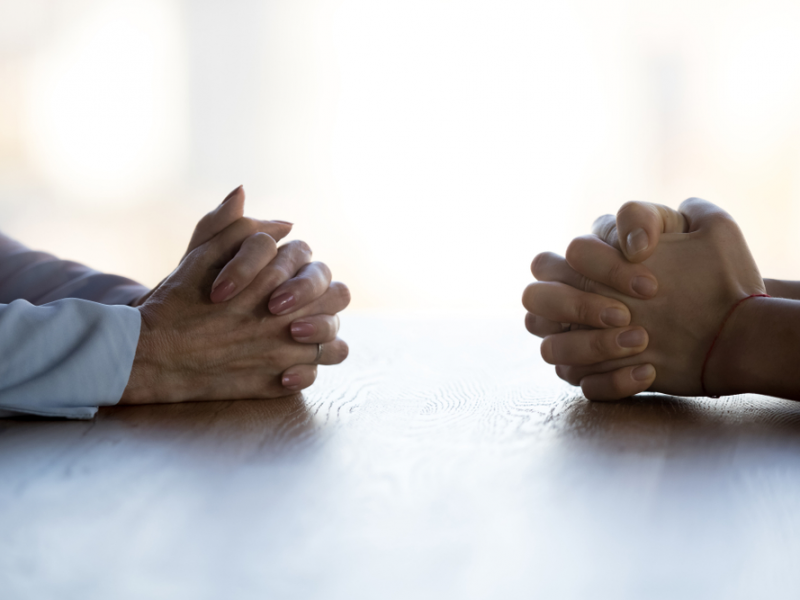CABA Briefs Spring 2013
 The tragic mass shooting in Newtown, Connecticut has inspired a new push for gun legislation.[1] President Obama’s immediate reaction was to ask for Vice President Biden to “come up with a set of concrete proposals” to “reduce the epidemic of gun violence that plagues this country.” Yet Rep. Louie Gohmert, (R-Tex.) illuminated a viewpoint in opposition to President Obama’s: that the answer to tragedies like that was not fewer guns, but more guns. In an interview, he said, “Hearing the heroic stories of the principal, lunging, trying to protect… I wish to God she had had an M-4 in her office… takes his head off before he can kill those precious kids.” Since December, the heated and highly publicized debate has raged among politicians and the press.
The tragic mass shooting in Newtown, Connecticut has inspired a new push for gun legislation.[1] President Obama’s immediate reaction was to ask for Vice President Biden to “come up with a set of concrete proposals” to “reduce the epidemic of gun violence that plagues this country.” Yet Rep. Louie Gohmert, (R-Tex.) illuminated a viewpoint in opposition to President Obama’s: that the answer to tragedies like that was not fewer guns, but more guns. In an interview, he said, “Hearing the heroic stories of the principal, lunging, trying to protect… I wish to God she had had an M-4 in her office… takes his head off before he can kill those precious kids.” Since December, the heated and highly publicized debate has raged among politicians and the press.
Identifying viable solutions requires defining the problem. Based on proposals to provide for universal background checks, school safety, and bans on assault weapons, it is clear some consider gun ownership itself to be the problem. Proponents in the Senate point to the fact Americans own more guns than citizens of any other country. But is there a connection between the number of guns owned by Americans and the incidence of gun violence in the United States? Is gun violence in general the problem, or does the US have a problem specifically with school shootings?
The United States has a higher homicide rate than some countries that have strict gun ownership restrictions, including Canada, Australia, and many European countries.[2] Then again, other countries with high levels of firearm homicide show low levels of gun ownership. Honduras has a gun ownership rate of 6.2 per 100 people, and a gun homicide rate of 68.43 per 100,000 people, while Colombia has a gun rate of 5.9 and firearm homicide rate of 27.09.
The CDC data also shows gun homicides have declined each year since 2007, falling from 12,791 in 2006 to 11,078 in 2010, even as the nation’s population grows. In fact, the homicide rate in 2010 was the lowest since at least 1981, which is as far back as the CDC’s online database chronicles.[3] To provide a basis for comparison, motor vehicle crash deaths account for nearly three times the number of deaths annually than those due to firearms.
Are school shootings specifically the real problem to confront? There certainly have been far too many. In an effort to evaluate the risk of school shootings, the United States Secret Service with the United States Department of Education completed a study of school shootings and other school-based attacks. The study examined school shootings from 1974 to 2000. The goal was to help prevent school shootings, with the knowledge they rarely are impulsive acts. The study identified ten key findings, including the fact that many attackers felt bullied, persecuted, or injured by others prior to the attack, and had difficulty coping with significant losses or personal failures, including attempts at suicide. Shooters typically let fellow students know in advance they had a plan to perpetrate a mass shooting and intended to follow through on it. The study recommended anti-bullying efforts, and encouraged students to report peers who shared information with them.
Perhaps we should be cautious before permitting restrictions on the Second Amendment that the Supreme Court has decided does, indeed, protect an individual right to possess and carry firearms, and patiently evaluate the extent of the problem of gun violence, as well as its causes, before implementing any solution.
Other articles:



